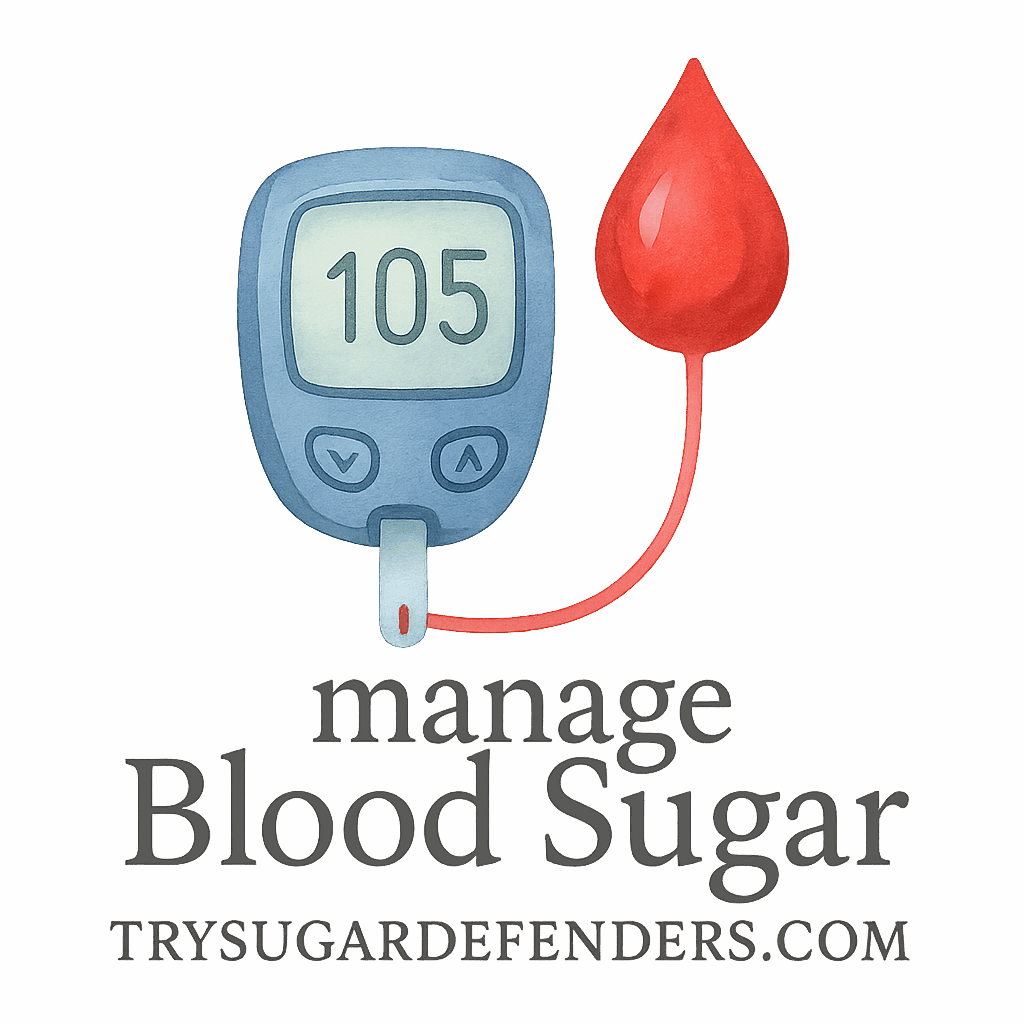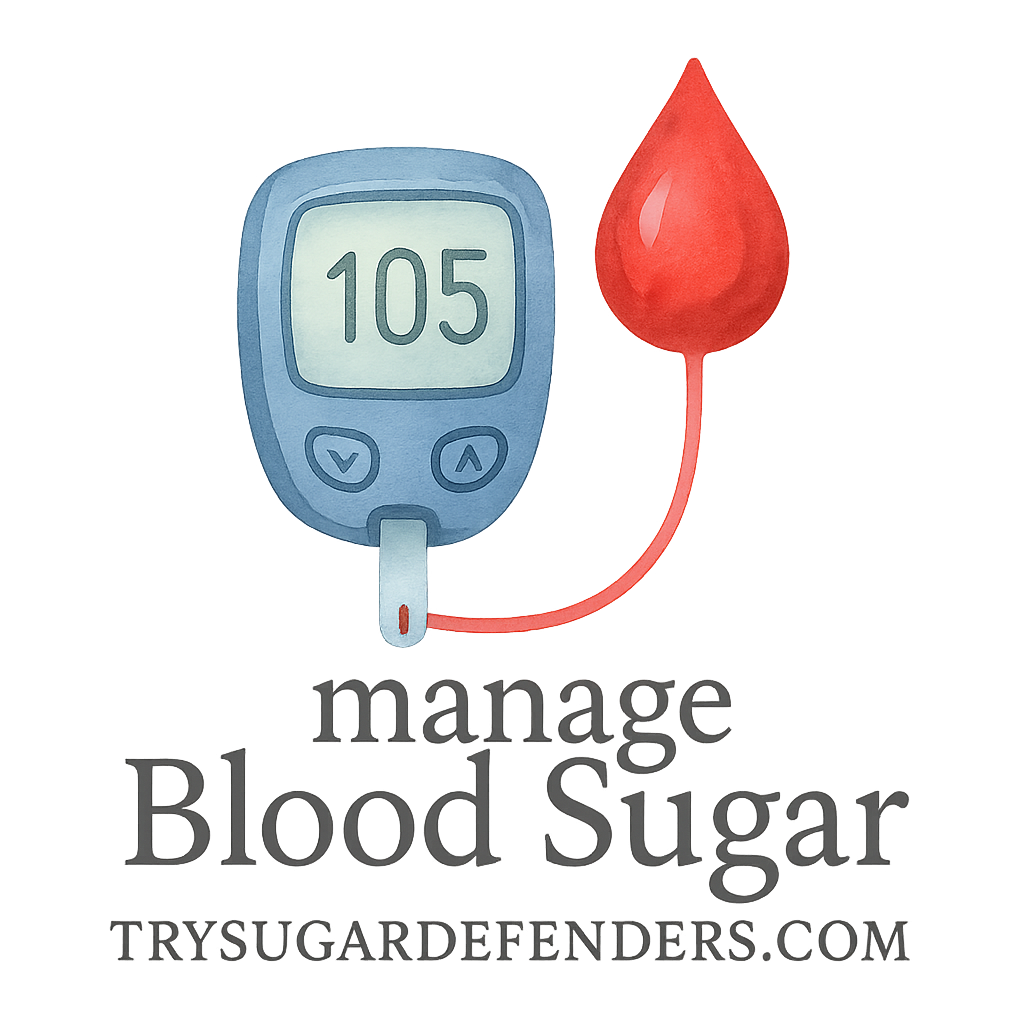Tracking your blood sugar routinely isn’t just a tech trend—it’s the backbone of taking control. Whether you’re managing diabetes or want better health habits, the focus keyword “blood sugar tracking” appears throughout to keep things SEO-friendly and crystal clear.
Why Blood Sugar Tracking Matters
Ever wondered why checking your blood sugar is such a big deal? Because it sheds light on your body’s real-time reactions. You see the impacts of meals, stress, activity, even sleep. Without tracking, it’s like driving blindfolded—dangerous and hard to improve.
1. Early Detection of Spikes and Lows
Preventing Dangerous Hypo‑/Hyperglycemia
Regular testing catches dramatic swings before they escalate into emergencies. Hypoglycemia (low sugar) can lead to shakiness, confusion, even seizures. Hyperglycemia (high sugar) can cause serious long-term complications. By checking often, you safeguard your health.
2. Personalized Nutrition Strategies
Understanding Carb Impact
Everyone digests carbs differently. That slice of watermelon might send your levels soaring, while oatmeal keeps you stable. When you track, you learn exactly how much—and which carbs—do what.
Linking to Diet & Nutrition Plans
Curious how breakfast affects your mid‑morning slump? Blood sugar data feeds directly into diet & nutrition planning. That way, you fine-tune meals based on facts—not guesswork.
3. Better Medication and Supplement Tuning
Adapting Insulin & Oral Meds
If you take insulin or oral meds, testing shows if doses are on point. Spotting trends means fewer surprises and less risk of side effects.
Integrating Medical Supplements
Things like berberine, chromium, or cinnamon can help—but only if their impact is assessed. Tracking helps you see if supplements from medical-supplements pages are doing their job or wasting your money.

4. Enhanced Exercise Planning
Pre‑Workout and Post‑Workout Levels
Your workout intensity can drop glucose fast—or raise it, in stress reactions. Testing before exercise helps you decide if you need snacks or insulin adjustments. Post‑exercise testing reveals how your metabolism handled it.
Linking with exercise-lifestyle info creates a smarter fitness loop.
5. Effective Behavioral & Mental Strategies
Cognitive Behavioral Techniques (CBT)
Tracking charts behavior patterns and triggers—e.g., stress cravings. Integrating behavioral-mental-strategies helps you reframe thoughts and habits using data-backed feedback.
6. Motivation & Goal Tracking
Monitoring Progress Visually
There’s something empowering about watching your control improve. Seeing blood sugar lines flatten on a chart isn’t just nice—it’s motivating. Setting goals like “90-day in-range” becomes engaging and achievable.
7. Using Devices & Technology
CGM vs Traditional Meters
Advances in devices—from finger-prick meters to Continuous Glucose Monitors (CGMs)—change the game. CGMs give real-time graphs and alerts. Testing with precision helps you decide which device type suits your lifestyle and budget based on devices guidance.
8. Better Provider and Peer Communication
Sharing Data for Consultations
When you bring real data to appointments or support groups, conversations become concrete. Doctors appreciate pattern insights. Peers see your wins—or challenges. It connects directly with tags like consultation and doctor.
Tying It All Together: A Holistic Routine
Combining Strategies for Growth
One-off tracking is okay—but weaving together nutrition, exercise, meds, mindset, and tech gives synergy. You’re not just tracking numbers—you’re telling your story and getting better every day. It aligns every arm of holistic management.
Tips for Starting Your Tracking Journey
Choosing Tools and Setting Reminders
- Pick a meter or CGM—understand cost, accuracy, convenience.
- Use apps or paper logs—whatever keeps you consistent.
- Set reminders: before meals, exercise, bedtime, stress.
- Pair blood sugar readings with notes: meal, mood, insulin dose.
- Review weekly trends: see which days or meals spike.
Conclusion
Regular blood sugar tracking does more than reveal numbers—it tells the story of your health. From early detection to smart nutrition, precision medication, fitness planning, mental resilience, gadgets, and teamwork with your providers—it transforms chaos into clarity. Over time, it builds confidence and better outcomes, letting you live smarter, healthier, and more empowered every day.
FAQs
1. How often should I be tracking my blood sugar?
The frequency depends on your goals and situation—standard is before and after meals, before bedtime, during exercise, and when feeling off. A doctor or diabetes educator can help tailor the plan from your data.
2. Does continuous glucose monitoring (CGM) replace finger pricks?
CGMs offer real-time insight and fewer finger pricks. But they still need occasional finger-stick calibrations. CGMs are generally recommended for people with frequent fluctuations or on intensive therapy.
3. Can I use phone apps for tracking instead of pen-and-paper?
Absolutely. Many apps connect to meters/CGMs, integrate food/exercise logs, and show graphs. They often make reviewing trend data easier and more motivating.
4. Will tracking really help reduce my A1C?
Yes. Numerous studies show that consistent monitoring, tied to lifestyle adjustments, can lower A1C significantly. Seeing patterns and fixing them is the key.
5. Do I need to track blood sugar if I don’t have diabetes?
Even without diabetes, tracking occasionally (glucose tolerance testing) can highlight prediabetes or help optimize fitness/nutrition. Always talk to a provider first.
6. What if my numbers are always unstable?
That’s normal at first. Track more frequently, journal meals and stress, and use strategies around behavioral-mental-strategies and exercise-lifestyle links above. Consider professional guidance.
7. Where can I find tips on improving my tracking routine?
Start with articles on diet & nutrition, exercise-lifestyle, and monitoring-tracking. They offer real-world routines and optimizations to boost your results.


